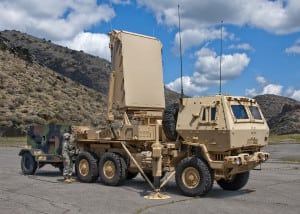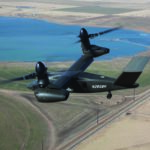
SYRACUSE, N.Y.--The Army may procure up to 14 Lockheed Martin [LMT]-built Q-53 radars under the program’s new contracting vehicle, according to a company official. Mark Mekker, Lockheed Martin’s program director for Army radars, told reporters on Monday during a media visit here at the company’s manufacturing facility that the recently announced, potential $3.3 billion Q-53 contract vehicle will also further work upgrading the radar fleet Gallium Nitride (GaN) and digital antenna capability. “Our goal is not for a 20-year lifecycle…

 By
By 











